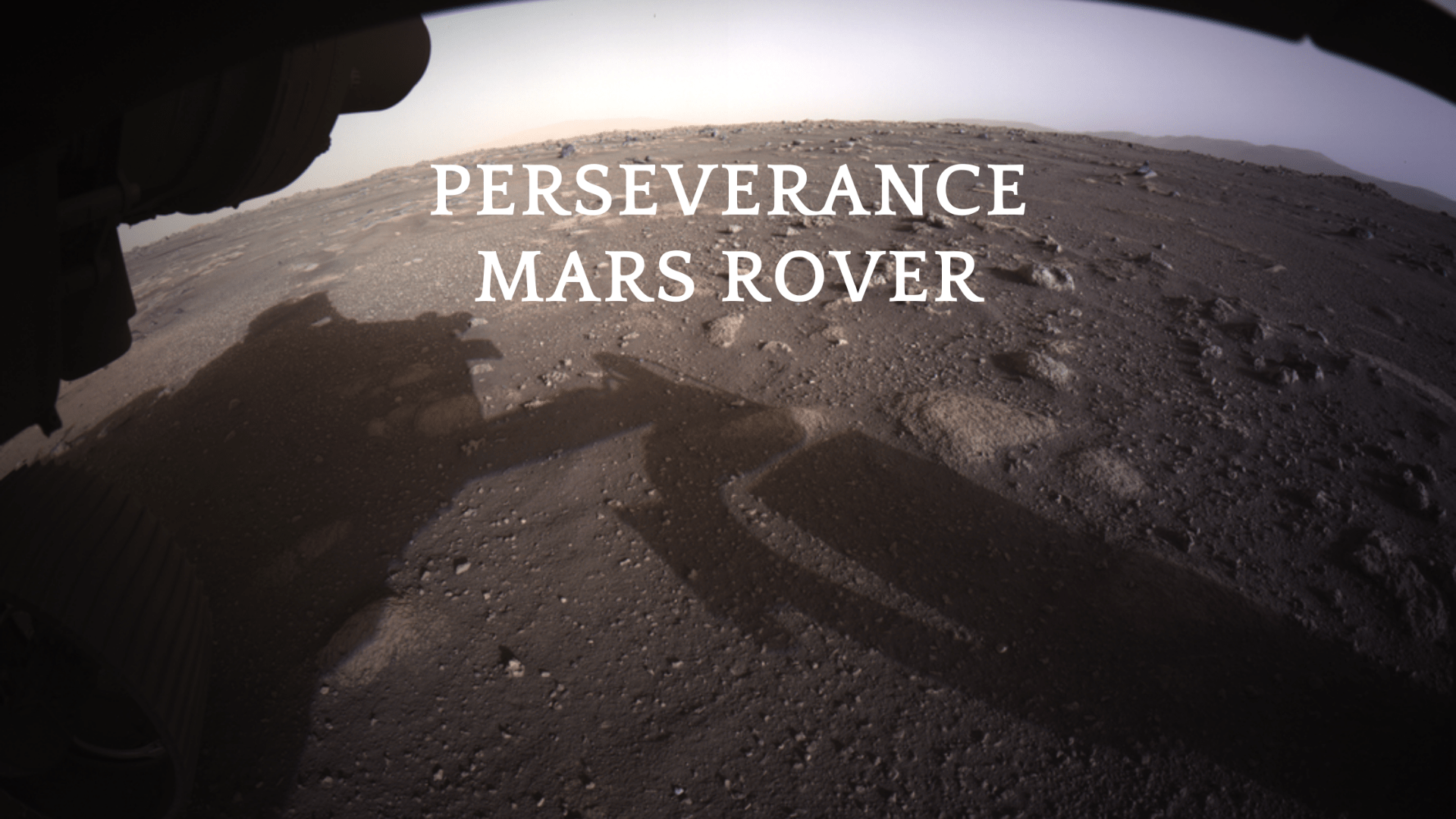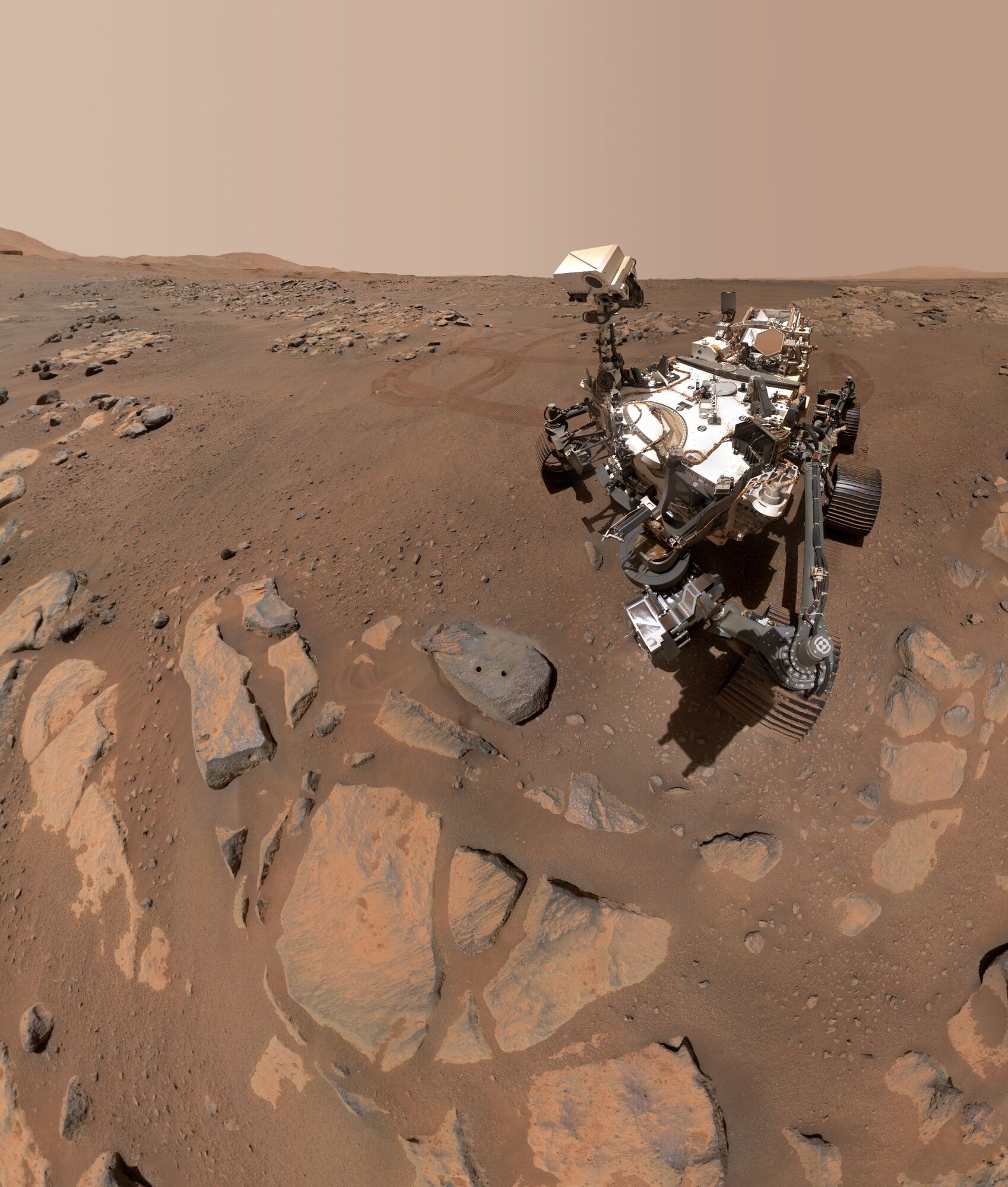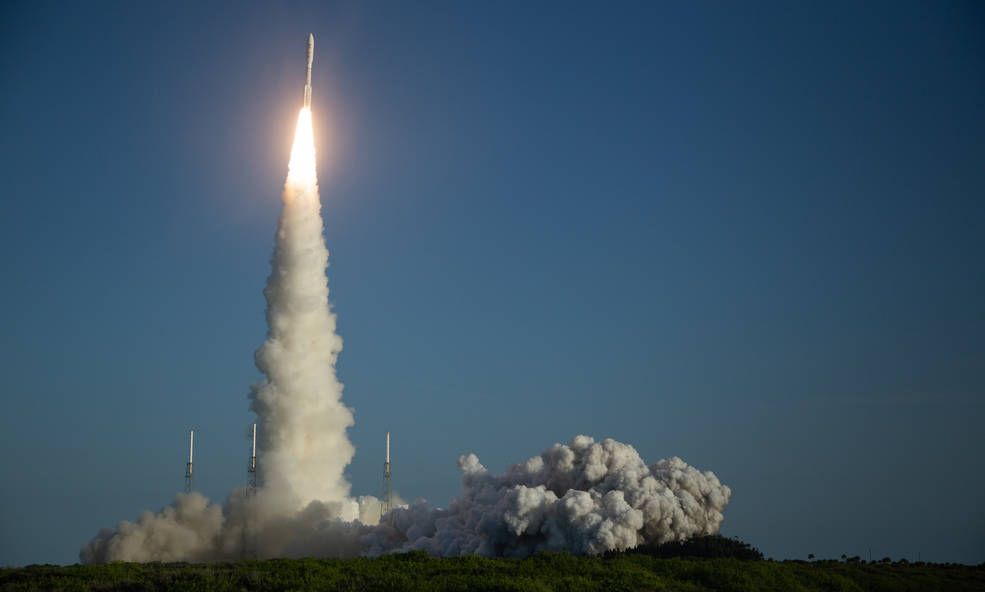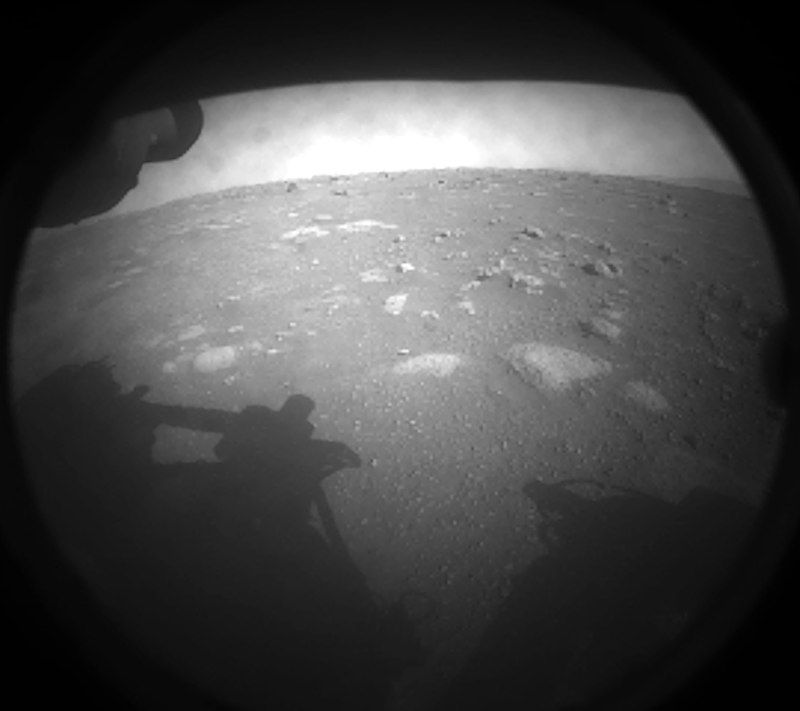
Perseverance Mars Rover

Perseverance is a car-sized rover on Mars that is designed to explore the Jezero crater as part of NASA's Mars 2020 mission. The rover has a similar design to its predecessor, Curiosity, and carries seven primary payload instruments, nineteen cameras, and two microphones. Perseverance also carried Ingenuity, the mini-helicopter, to Mars as an experimental aircraft.
The rover's main science goals include collecting rock and soil samples to store on the Martian surface, seeking evidence of former microbial life existing in those environments, identifying ancient Martian environments capable of supporting life, and testing oxygen production from the Martian atmosphere to prepare for future crewed missions.

On July 30, 2020, the Perseverance rover lifted off aboard an Atlas V launch vehicle from the Cape Canaveral Air Force Station in Florida. It took the rover about seven months to travel to Mars and landed in Jezero Crater on February 18, 2021, to begin its science phase. Following Perseverance's arrival, NASA has named the landing site Octavia E. Butler Landing.
Perseverance's landing was more accurate than any previous Mars landing, a feat enabled by the experience gained from Curiosity's landing and new steering technology. The rover touched down roughly 1 km (0.62 mi) southeast of the center of its landing ellipse, and the descent stage, parachute, and heat shield all came to rest within 1.5 km of the rover. The landing took place in Jezero Crater at the start of the astronomical spring, shortly after Mars passed through its northern vernal equinox, which is the equivalent of the end of March on Earth.

Perseverance had its first test drive on Mars on March 4, 2021, and has been preparing for its first mission. Perseverance is planned to drive southward from its landing site to the Séítah unit within Jezero Crater to collect measurements of geologic targets. After that, it is intended to return to the Crater Floor Fractured Rough unit to collect its first core sample before returning to the landing site. From there, Perseverance will travel for several months to where it can access various geological noteworthy sites at the base of the ancient delta of the Neretva river before ascending the delta by driving up a valley wall.
Included with Perseverance was the Ingenuity, a solar-charged, 1.8 kg (4.0 lb) mini-helicopter. It demonstrated the potential usefulness of aerial scouting for rover missions and proved flight was possible in the Martian atmosphere. Its experimental test window was expected to be about a month, but it is still successfully making flights that continue to extend its mission as of February 8, 2022, after completing Flight 19. Ingenuity carries two cameras but no scientific instruments and communicates with Earth via a base station onboard Perseverance. The first takeoff was attempted on April 19, 2021, and became the first powered flight by an aircraft on another planet. Ingenuity made incrementally more ambitious flights, several of which were recorded by Perseverance's cameras.
